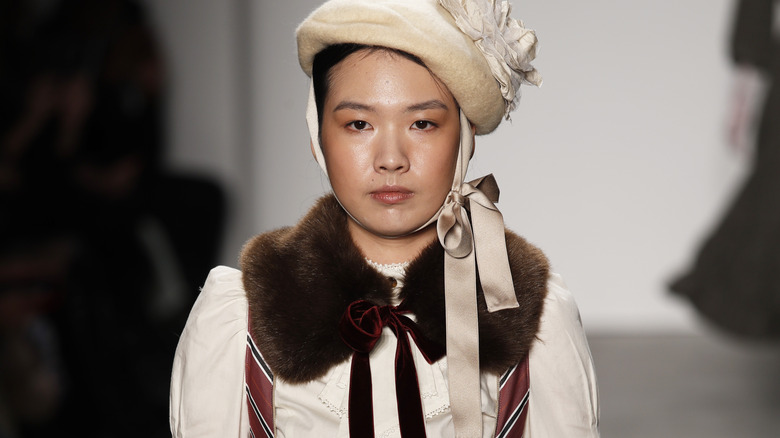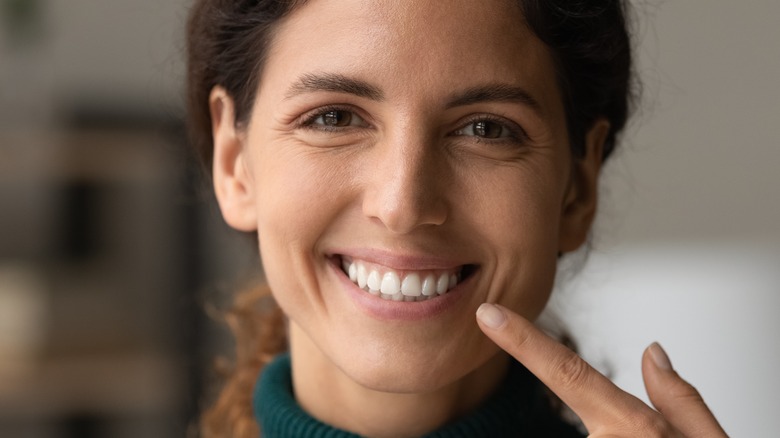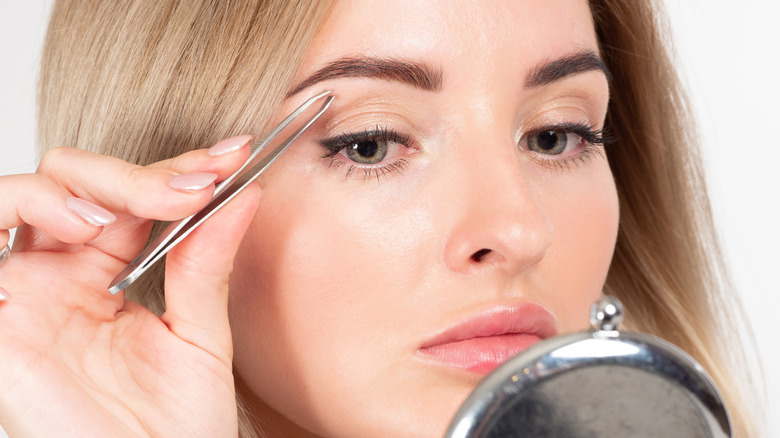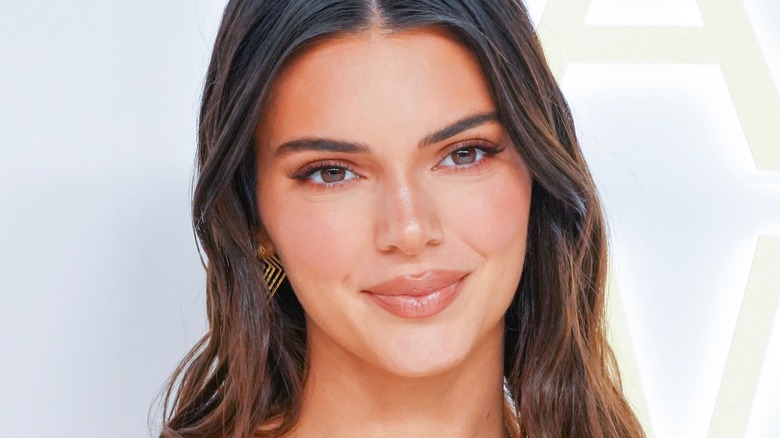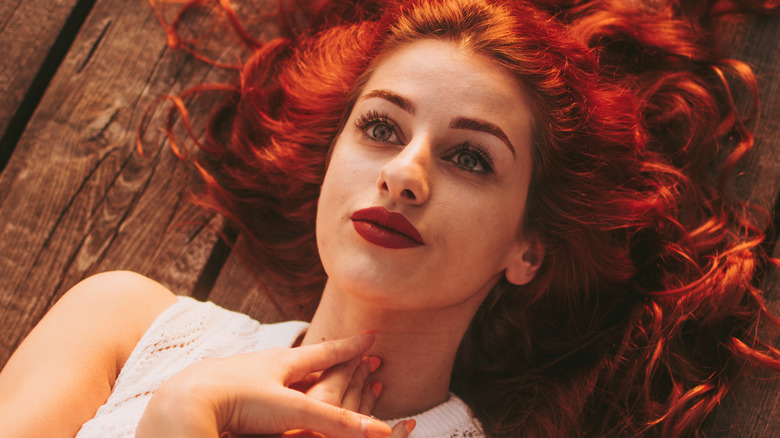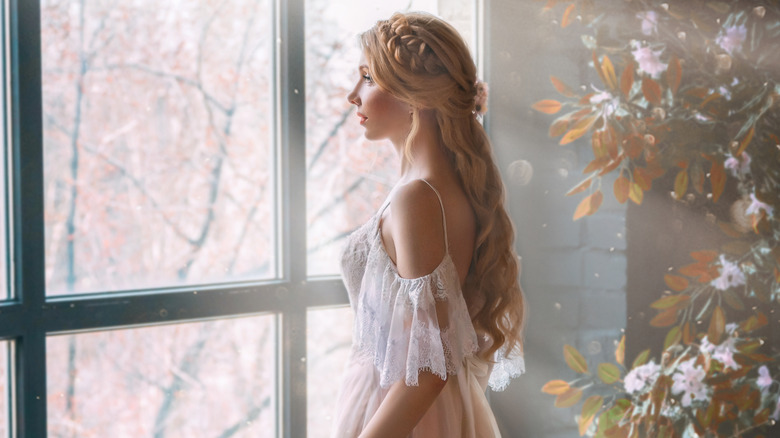Modern Beauty Standards Are Ruining Period Pieces - Here's How
Film-wise, period pieces are the "topics du jour." We're living in a time where audiences get a kick out of escaping modernity to journey with characters in captivating narratives based on real-life events or literary works. Entertainment aside, the nostalgia factor and the knowledge one gains about a bygone era from watching yesteryear events unfold in a succinct, old-meets-new fashion also makes period pieces a hit among modern-day audiences.
In addition to storylines, the overall aesthetics, such as makeup and costumes, are essential for bringing back historical cultural, social, and political events and allowing viewers to fully immerse themselves in the climate depicted on film. No matter how believable the script or the backdrop is, if the character's appearance is not period-appropriate, the piece just doesn't make sense. Unfortunately, that's the case with many period movies.
Even though makeup has evolved significantly, it cannot always play down the marks of modernity that are etched on 21st-century people's faces. For instance, an actor playing a 17th-century British woman can rock the perfect petticoat and lacey headdress, but if she has porcelain veneer teeth and Kim Kardashian-inspired faded eyebrows, the audience will feel like she's just a modern woman wearing a yesteryear costume. These tiny details are subtle enough to make the final cut, but they make the character look out of the picture. Below, check out some modern beauty standards that are not appropriate for historical pieces.
Veneers
Many women nowadays have porcelain veneers, which are certainly not a thing of the past. Dental veneers are solid caps that dentists place over the teeth to give them a white and shiny appearance, creating a flattering smile. Veneers are a sure sign of the 21st century. If you look at classic British book-to-movie adaptations made 30 years ago versus those made in the last 10 years, you may find that the former looks more believable and historically accurate, as veneers weren't as widespread as they are now.
Those who lived in the Victorian era, for example, did not have access to the dental hygiene practices we benefit from today. Modern dentistry as we know it was a long way off, and instead of using a toothbrush and toothpaste, people would scrape their teeth with sticks, or with a piece of cloth and a bit of water, per Toothology. Tooth powder was around at that time for those who had the means, and one recipe from 1852 lists powdered bark, myrrh, and chalk as the main ingredients, according to Sew Historically.
In an appearance-driven industry like Hollywood, it's understandable why people will do whatever they can to improve their looks, including fixing their teeth. However, a dazzling white, perfectly aligned smile was not a norm in the old days.
Eyebrow grooming
Eyebrows might seem insignificant in the grand scheme of things, but they can take away from the period-appropriateness of a face. In this day and age, people love seeking cosmetic procedures — such as microblading and microshading — to procure the most perfect pair of eyebrows that last long-term. Some popular eyebrow shapes are high-arch, S-shaped, fox brow, back-arched, and straight. No eyebrow stylist will recommend eyebrows that are too bushy or too thin or too spaced apart.
However, eyebrow grooming in the 21st century is not the same as that of the old days. Thin and crescent-shaped brows that were darkened with kohl or soot were the epitome of 18th-century eyebrows. The eyebrows worn by the character played by Keira Knightley in "The Duchess" — which was also set in the 18th century — are not standard 18th-century eyebrows. When you look at a person's eyebrows, you can tell if they are contemporary or not. Unfortunately, you'll find many characters in period movies with eyebrows that moreso fit modern beauty standards.
Fox eyes
Fox eyes are one of the modern beauty standards that you see in many period movies. Thanks to the likes of Kendall Jenner and Bella Hadid, fox eye procedures that raise the outer corner of the eye toward the temple to give it a more open, high-fashion look, are all the rage with commoners and celebrities alike. The transformative lifted look — be it eyebrow, eyelid, or cheeks — is the golden standard these days. And it's difficult to camouflage what has been created by surgery with surface makeup — no matter how talented the on-set makeup artists are.
People are born with unique eye shapes. Some are born with round eyes. Others are born with downturned, or hooded eyes. Considering the fox eye procedure wasn't around until recently, it's strange to see characters that are supposed to be from the auld lang syne era sporting the same lifted look that's all over social media and the streets.
Overfilled and colored lips
Have you ever looked at a period piece actor and wondered what kind of filler she injected into her lips or what sort of lip tinting she used? Plump, kissable lips are a huge cosmetic trend in the 21st century and a beauty standard that many women love to embrace. Many women use makeup or lip fillers to plump their lips. To add a long-term wash of color, many also resort to lip-tinting procedures.
While Kylie Jenner-esque lips are nice to look at in real life, they don't make any sense in period movies. Thick and big lips didn't become a big trend until recently. And overfilled lips are hard to ignore. Lips that have received too much filler may over-protrude and look stiff, making them difficult to produce natural facial emotions. In terms of color, red lips weren't always welcome in every part of history. Women in Britain in the Middle Ages were forbidden to use lipsticks. A hint of red was synonymous with the mark of Satan. That goes to say modern beauty standards aren't always a good fit for the past.
Tanned skin and toned body
Bronzed skin is the goal of many modern women — but not of those in the past. The 19th-century beauty standards favored incredibly pale skin that highlighted a woman's natural rosy lips and cheeks. It's strange to see a Victorian heiress on TV sporting a toned body and sun-kissed skin looking like she works out and worships the sun every day.
If you read English classics, you'll know that a desirable, upper-class Victorian woman must have a near-death complexion. These beauty hallmarks were to prove that she never had to work in the sun and she was a delicate creation that needed to be cared for and protected. Back in the day, women applied powder on their faces and arms to amplify the ghostly feminine look.
Aesthetic-wise, there are many details that are featured in period pieces that are on point, but you may be hard-pressed to find one that ticks all the boxes.
